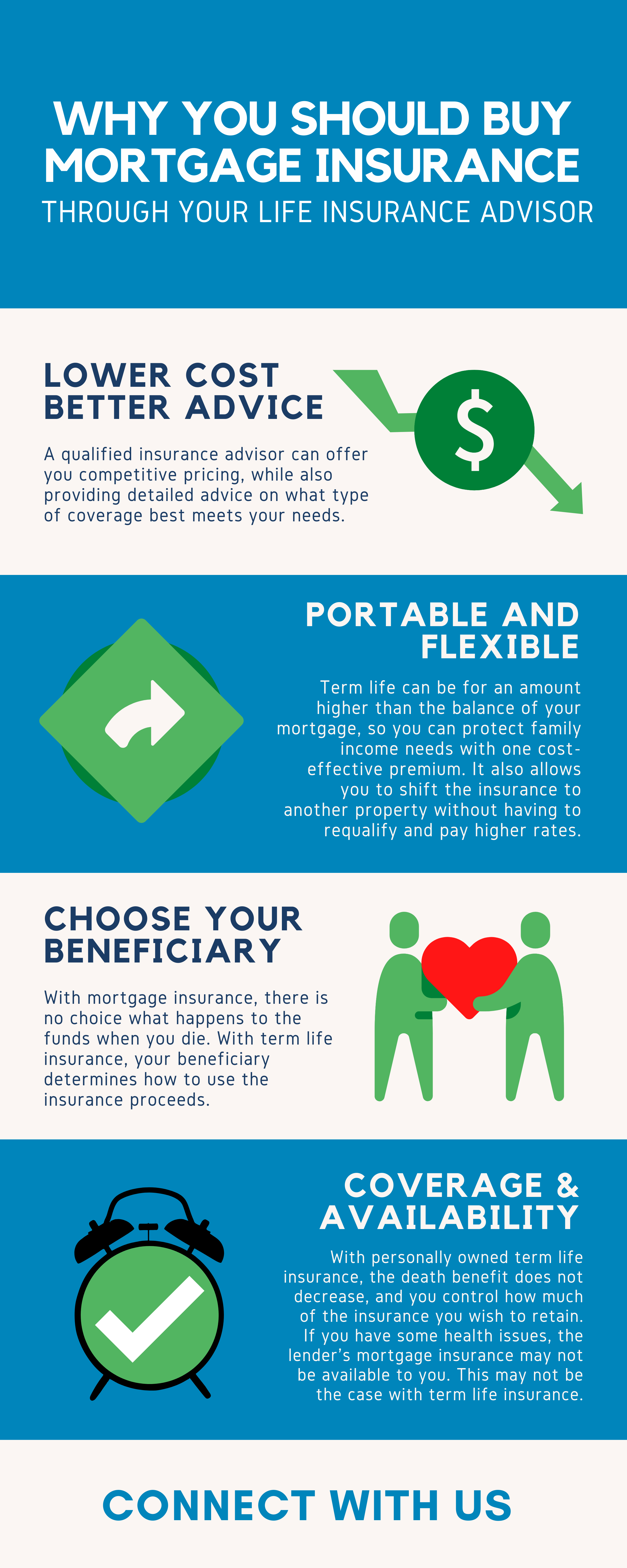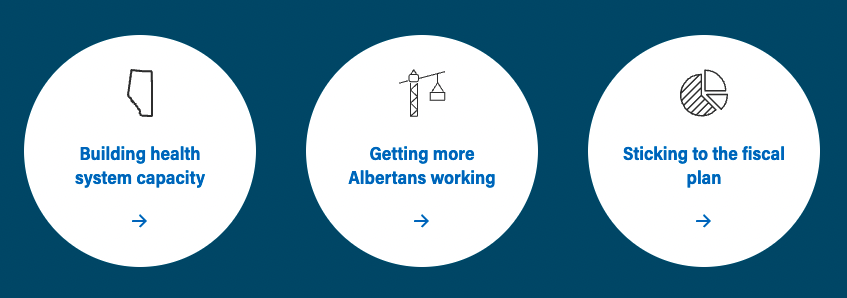Is it Time for Your Insurance Audit?
Has it been awhile since you last looked at your insurance portfolio?
Are you a little vague in your recollection of all the coverage you have and why you have it?
Are you uncertain as to whether or not your portfolio reflects your current situation?
Just like going to the dentist for regular checkups is a necessary evil, reviewing your financial plan and products on a regular basis is also recommended. Circumstances can change over time and making sure your protection is keeping pace is a worthwhile exercise.
A comprehensive audit should review the following:
Is the total death benefit of your life insurance appropriate to your needs? A current capital needs analysis can help to determine this.
If your current coverage is renewable term insurance should the policy be re-written before it renews at a substantial increase? Premiums for new coverage can be significantly lower than the renewal premium of an existing policy.
Is your need for life insurance permanent? If that is the case, you should ensure you have at least some of your needs covered by a permanent plan.
Are you nearing the end of the conversion period on your term policy? If yes, this may be the time to consider converting to permanent insurance.
Is your disability protection in place consistent with your current income? If you have changed jobs does new group coverage impact your personal plan?
Are the beneficiary designations still valid for your current situation? Has there been a re-marriage that may require changing the beneficiary or ownership of the current policy?
In addition, the following are important to note:
-
If your policy is a Universal Life policy with cash value are the investment options still appropriate to market conditions and/or your risk tolerance?
-
If the policy is a Whole Life policy are the dividends adequate to now fund the premium should you wish to take a premium holiday?
-
If your policy was assigned to a lender as collateral for a loan and that loan has been repaid make sure the assignment has been removed.
Does your existing policy qualify for a reduction in premium?
-
If you have you stopped smoking you may qualify to have the premiums reduced to those of a non-smoker.
-
If your policy was issued with a substandard extra premium and your health has improved you may qualify to have the rating removed.
-
If your policy was rated as a result of participation in hazardous activities, e.g. flying, mountain climbing, heli-skiing this rating can be removed if you no longer are active in these activities.
If the current policy is for business purposes the following should also be reviewed:
-
If the policy was to fund a Shareholders’ Agreement or Partnership Agreement, does the amount and type of coverage still satisfy the terms of the agreement?
-
Are the ownership and beneficiary provisions of the policy still valid for Capital Dividend Account planning?
Reviewing your coverage on a regular basis is recommended. Connect with me if you think it would be beneficial to arrange a time to do an Insurance Audit. As always, please feel free to share this information with anyone that may find it of interest.
Copyright © 2020 FSB Content Marketing – All Rights Reserved












